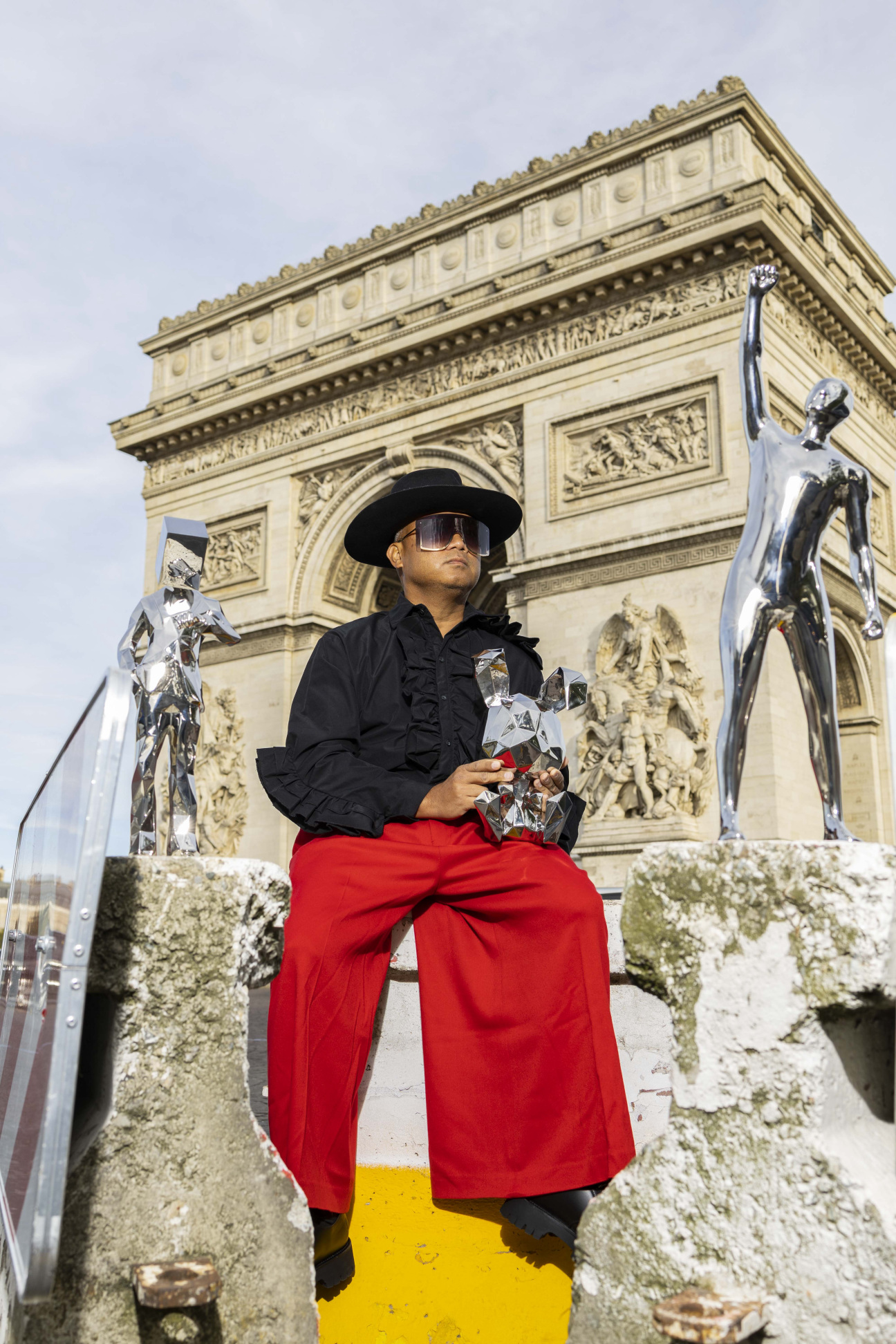
The Victor, the towering monument by Filipino American artist Jefrë Manuel, known simply as Jefrë, stands between the cities of Pasig and Quezon in the Philippines. Taller than the body of the Statue of Liberty, the 28-story metallic figure pumps a fist up in the air, representing Filipino pride and glory.
Until now, spectators who live outside the Philippines and wished to see the colossal, eye-catching artwork would have had to hop on a plane. But the artist’s solo European debut at Rivoli Fine Art, coinciding with Paris’s Art Basel week, brought The Victor, along with other works, to European audiences for the first time—on a much smaller scale.
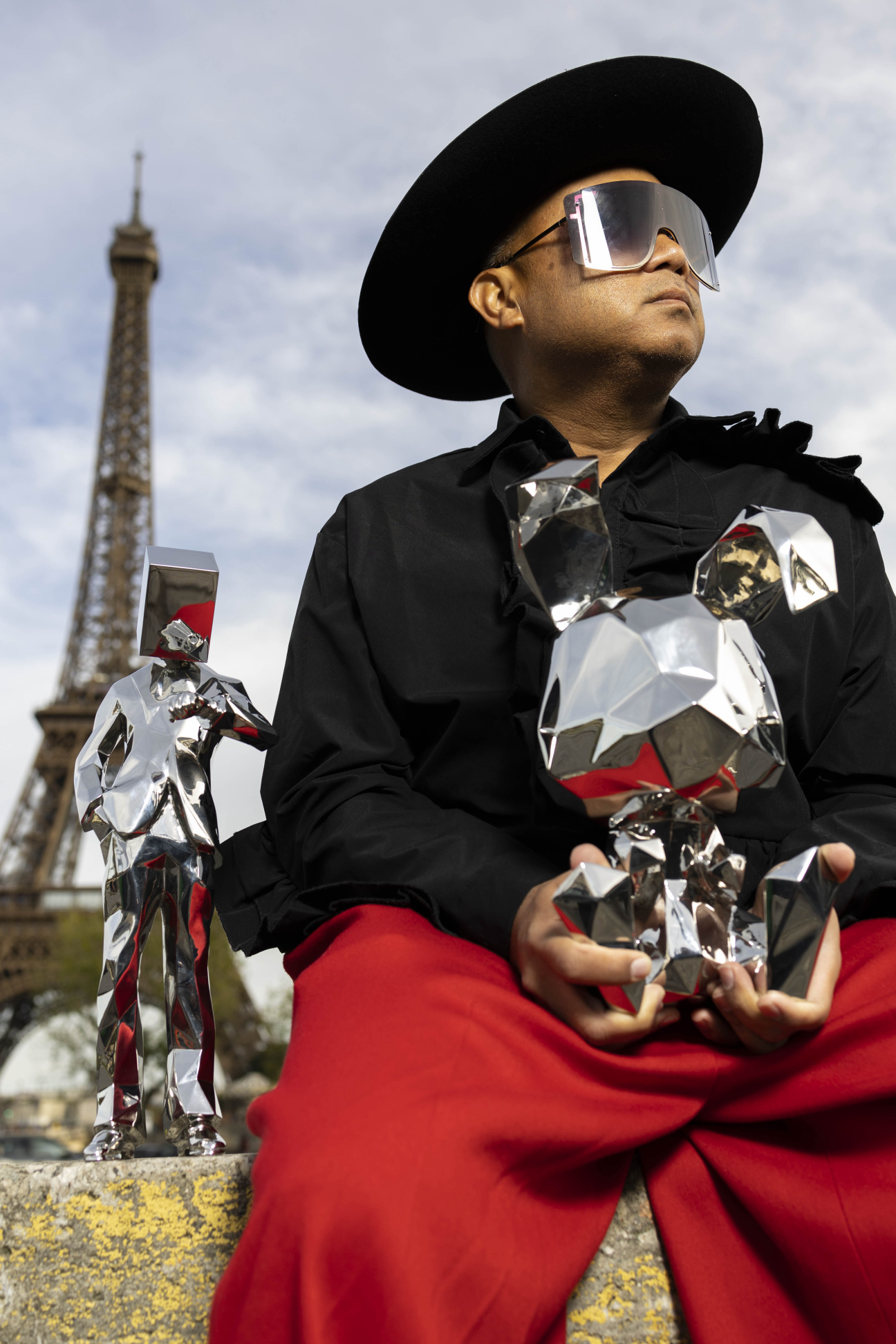
“It is very hard to take something that I’ve done that’s 200 feet in a space and make it 18 inches,” explains Jefrë. “But to put them together as a collection makes you appreciate the idea that scale does matter.”
The artist started Studio Jefrë in 2008 after suffering a heart attack at the age of 35, leading him to reevaluate his life. He transitioned out of urban planning to focus on his art. Now, he says he is moving more into studio work, and hopes to look inward to create art relating to his personal experience with heart disease.
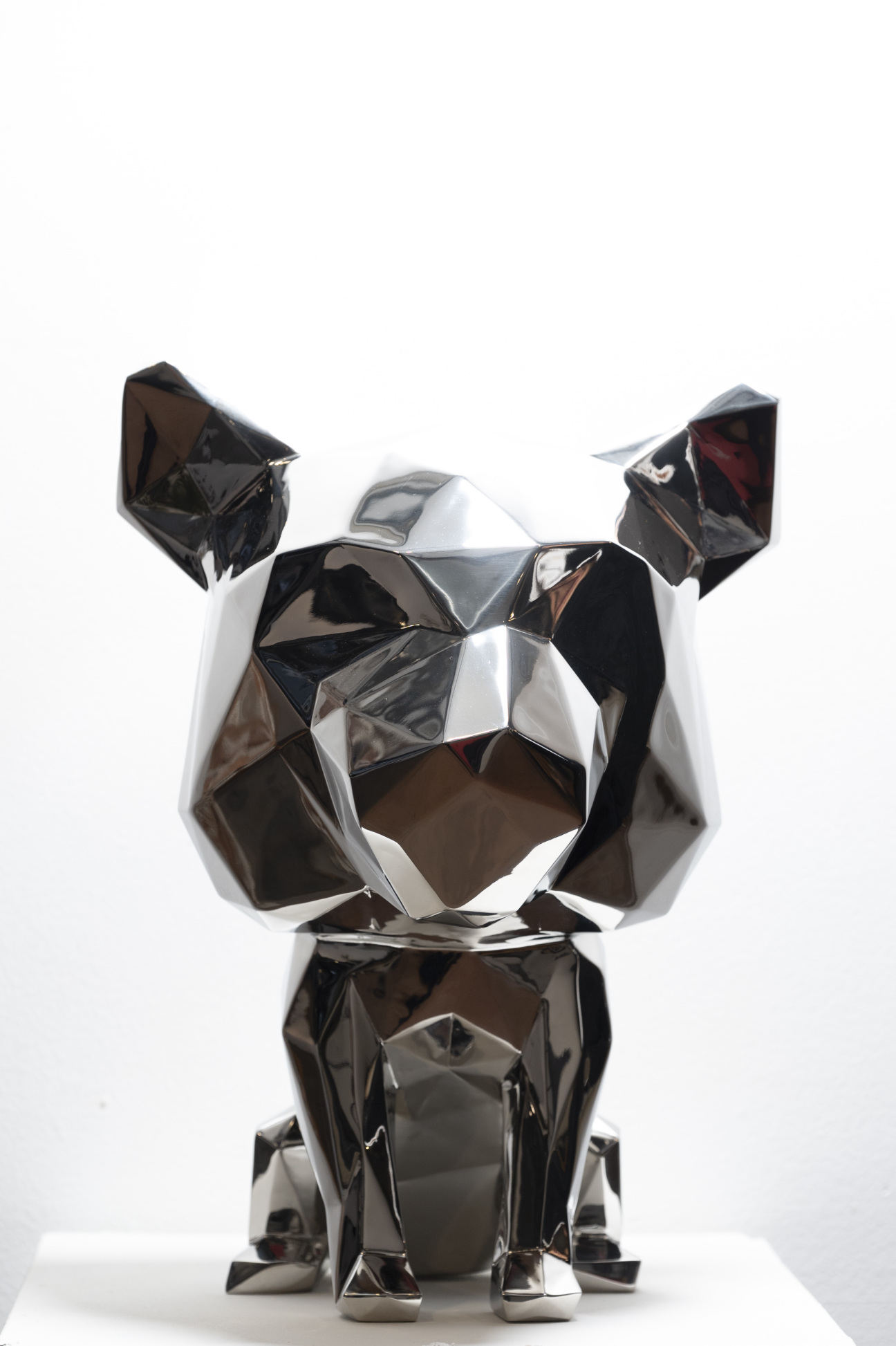
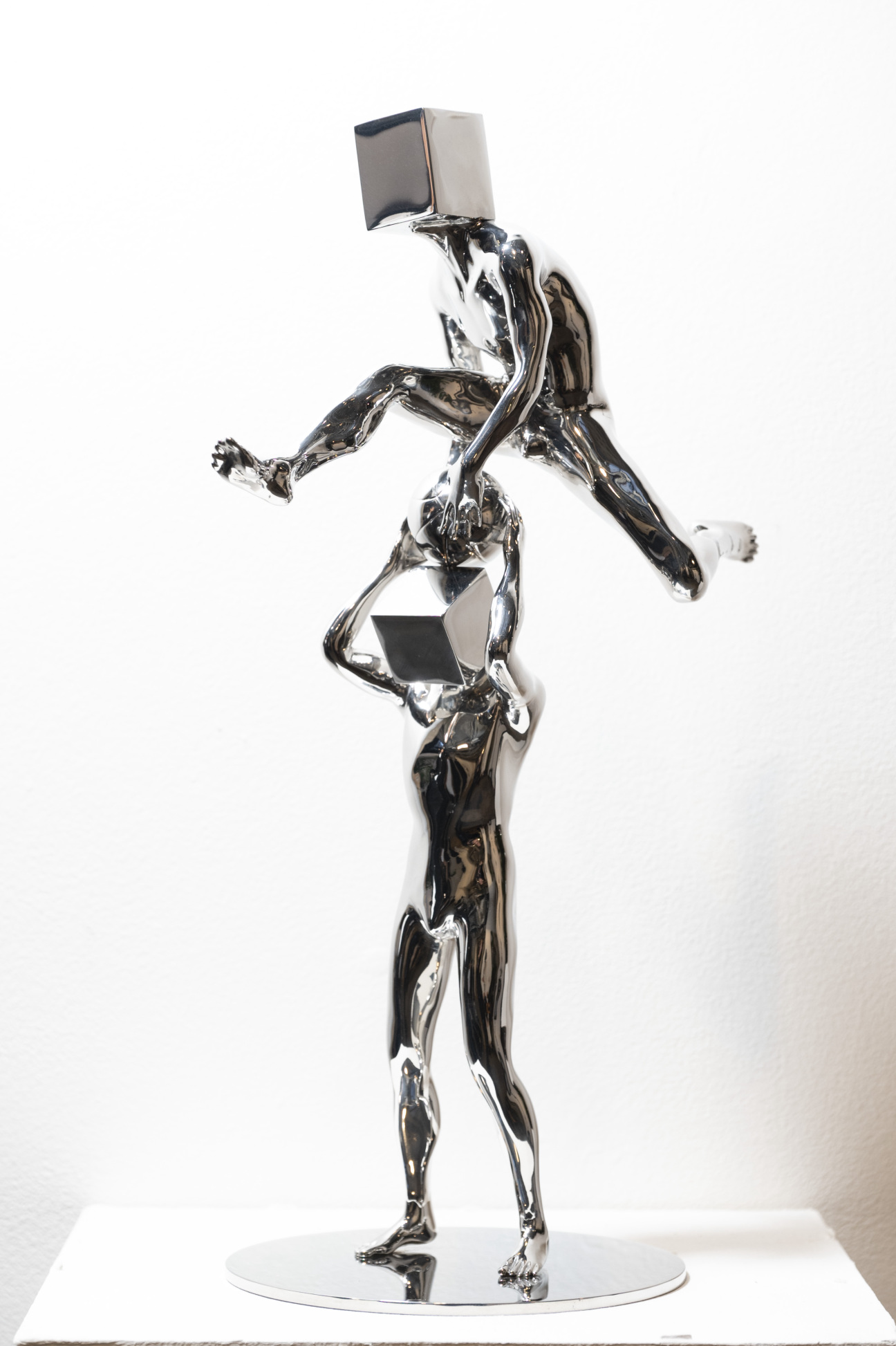

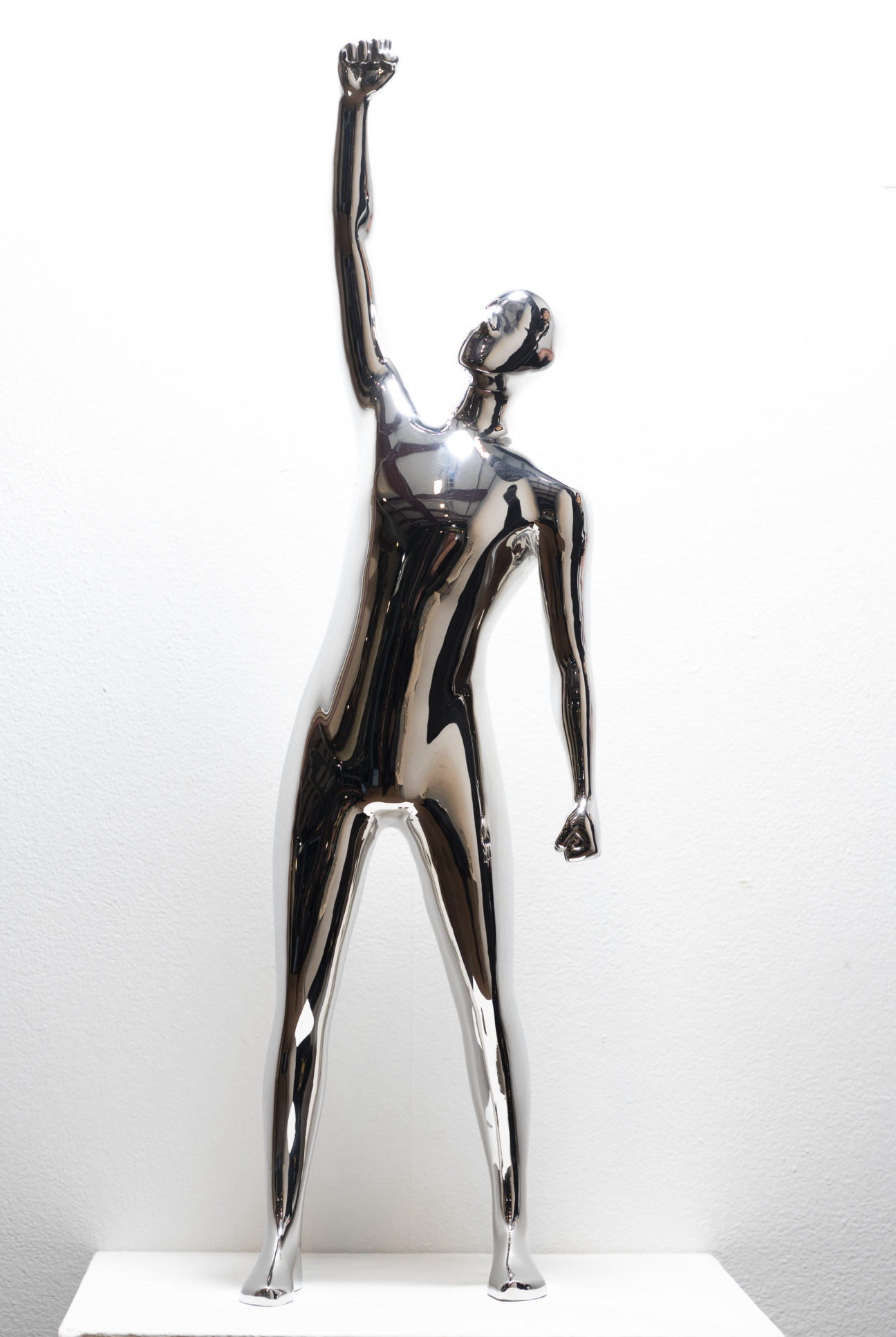
From London to Miami to Abu Dhabi and Manila, Jefrë has created site-specific public art meant to stop pedestrians in their tracks. This latest exhibition, “eXtra Large Small,” showcases scaled down maquettes of these monumental sculptures, including his “Zodiac” series, “BAKS” series, and The Victor, presenting his public art more accessibly and to a wider audience.
“I love public art just for the fact that it’s actually public. The idea that being in a city such as Paris, where everyone goes and sees the icons such as the Arc and the Eiffel Tower and the Louvre pyramid,” he says. “That is my job: to create icons for cities that the public can view and appreciate, that tell the history of the city.”
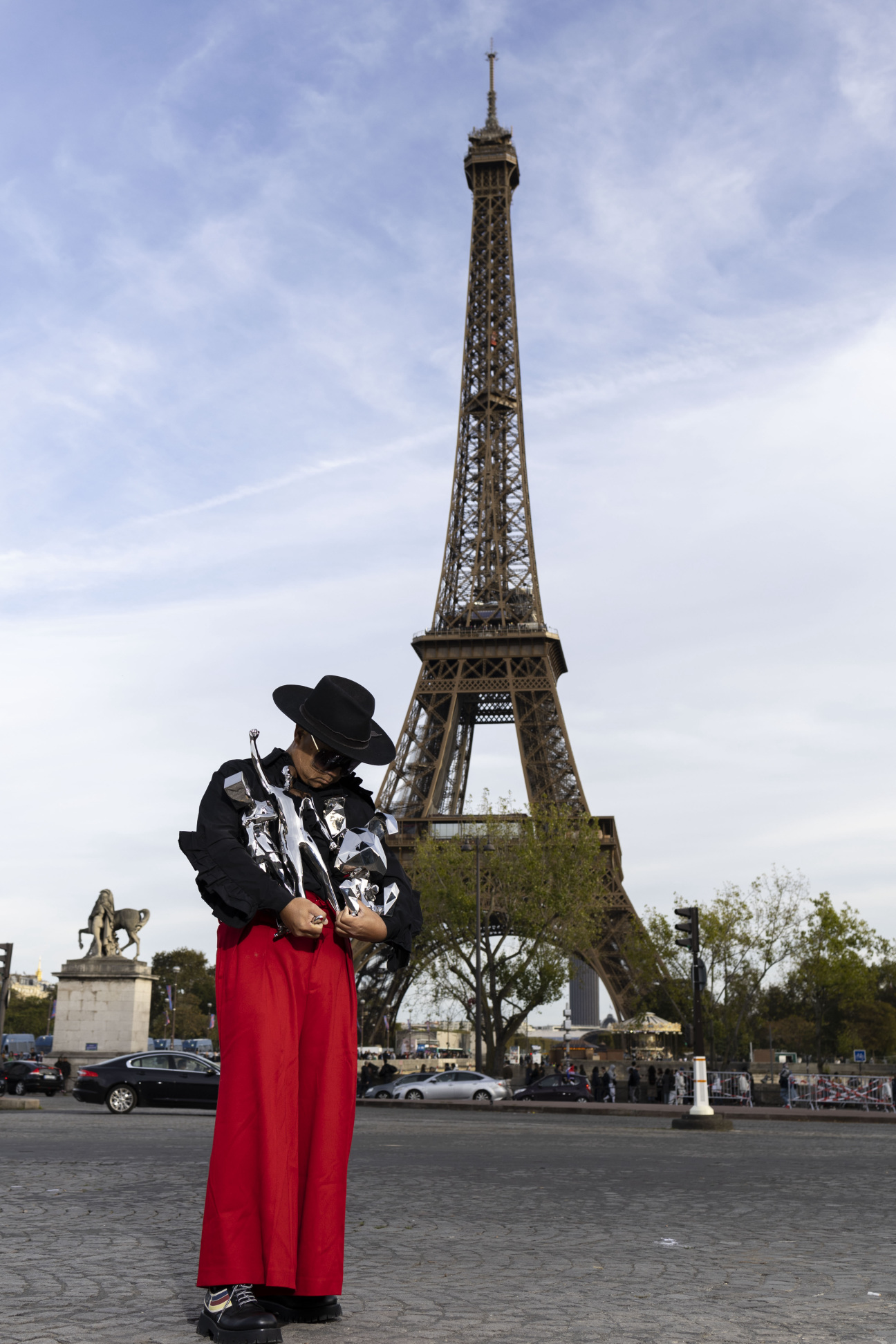
When Jefrë does so, he considers the context of the surrounding environments, such as architecture, natural landscape, as well as the people who pass by. Because of the size of these pieces, they essentially become landmarks or wayfinding points in the cities. Simply put, “They’re really pieces for the skyline,” he says.
The greatest challenge for Jefrë is translating the feeling of massiveness for audiences who are experiencing these works for the first time in a smaller gallery space. “When you’re confined to a room, you really have to figure out … how do you get someone to have that same emotion of seeing my larger work in a gallery or museum setting, in a smaller work?”
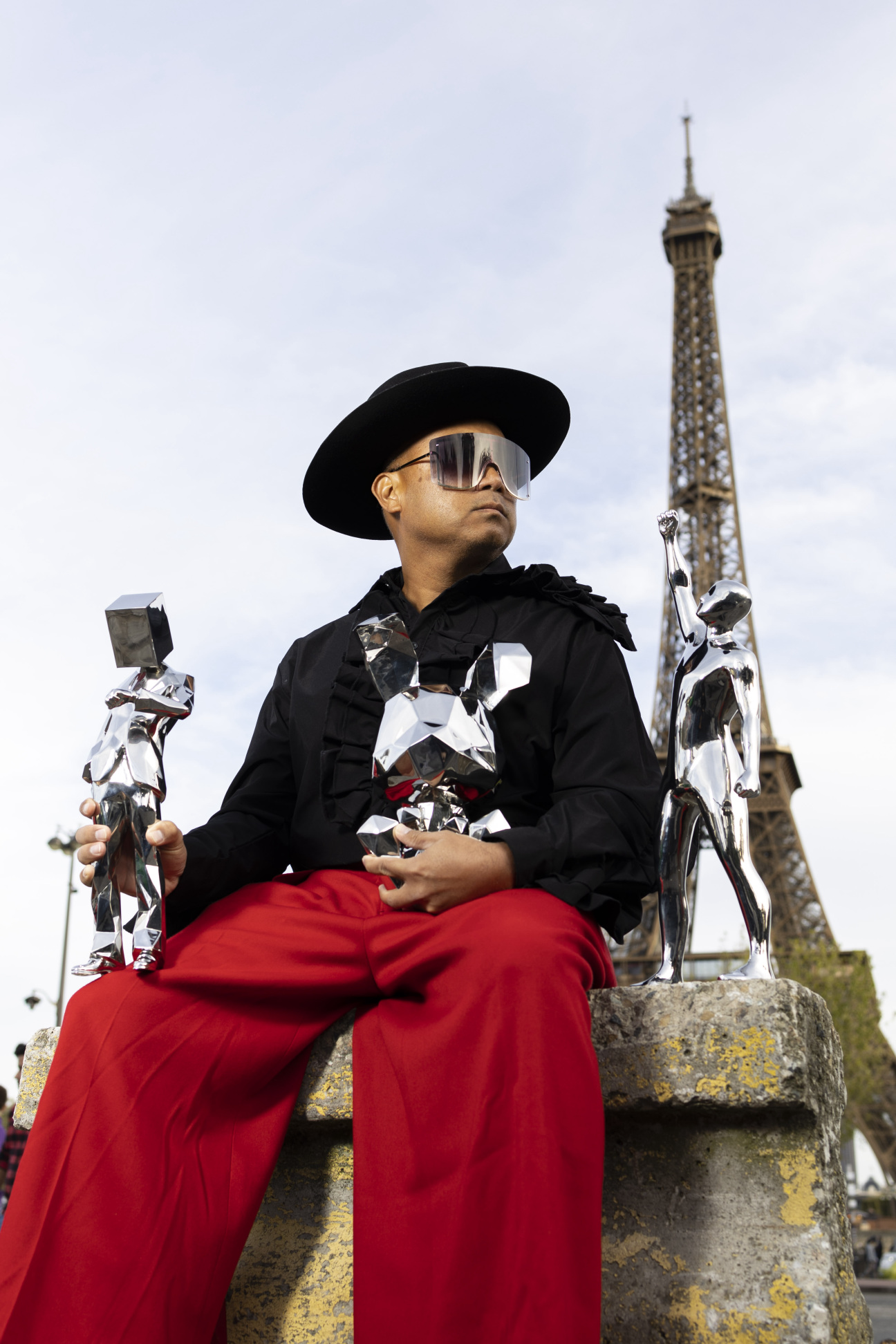
For “eXtra Large Small,” the success of placing these works in a dominating room was all about finding the right venue. Rivoli Fine Art checked the boxes. Over the course of the exhibition, which wraps today, the Parisian space’s white walls and high ceilings were a fitting match for the gleaming stainless steel casts of the artist’s geometric works, which reflect their surroundings off of their surfaces. Here, looming trees were replaced by peering eyes and clusters of guests.
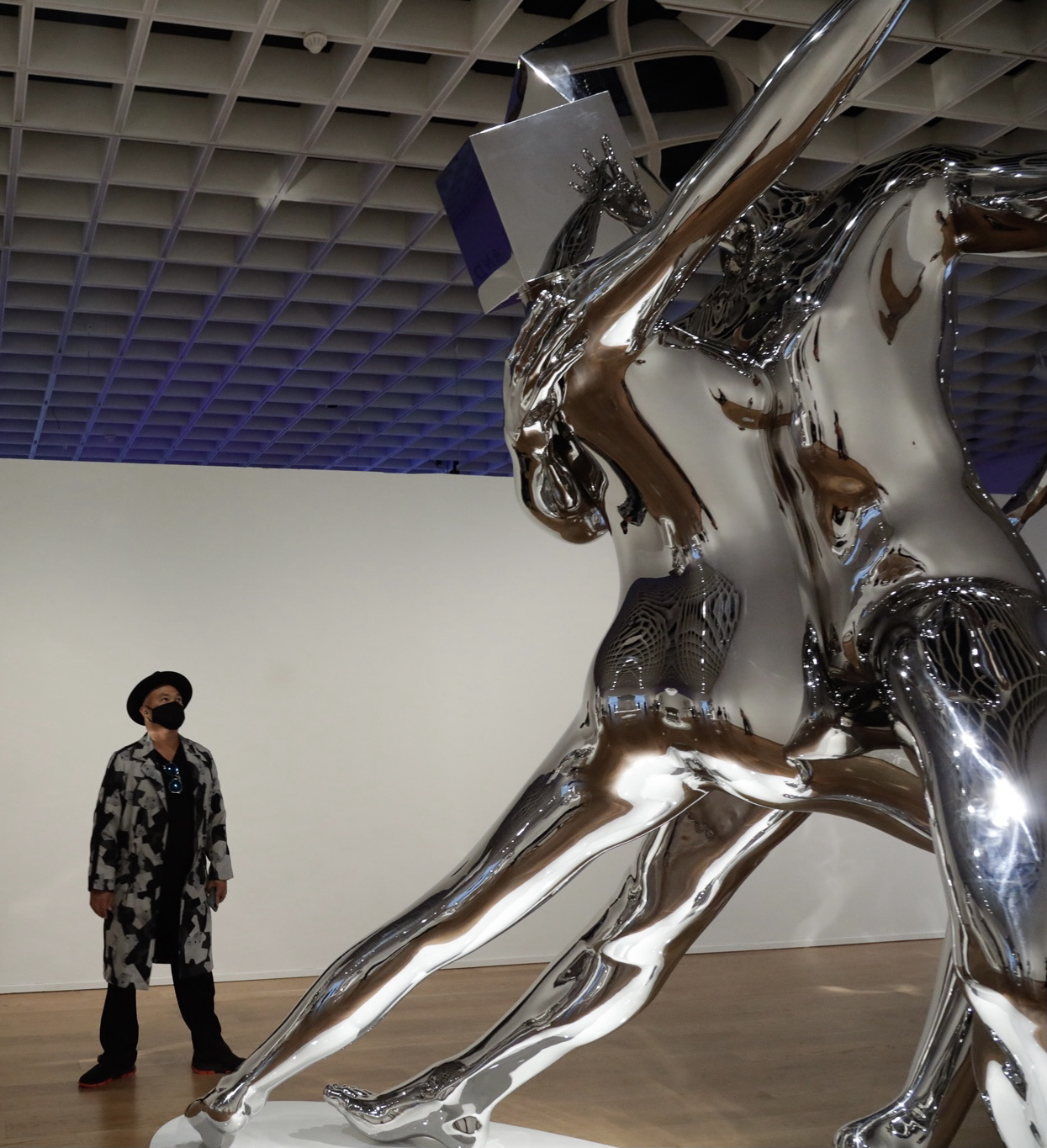
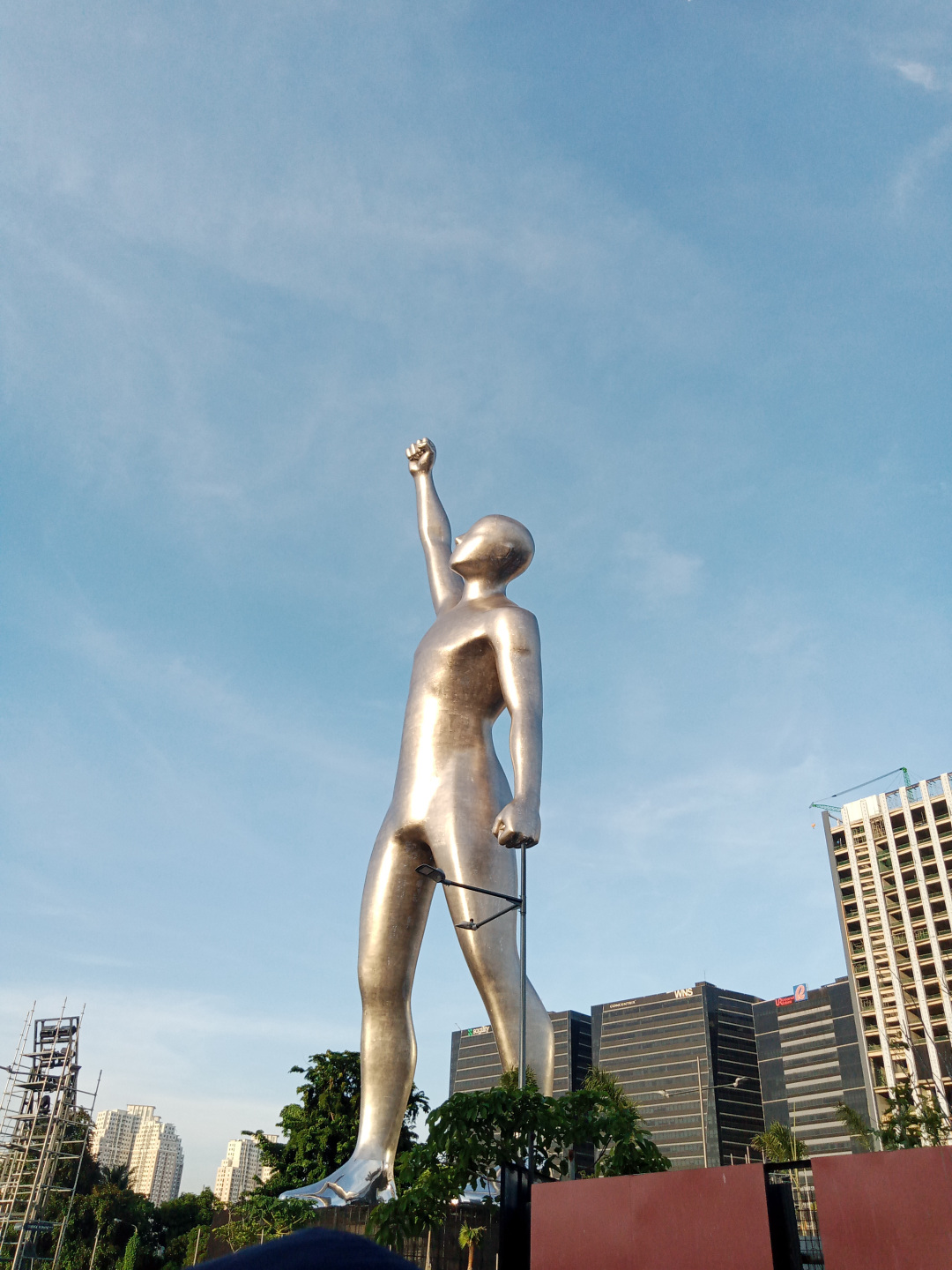
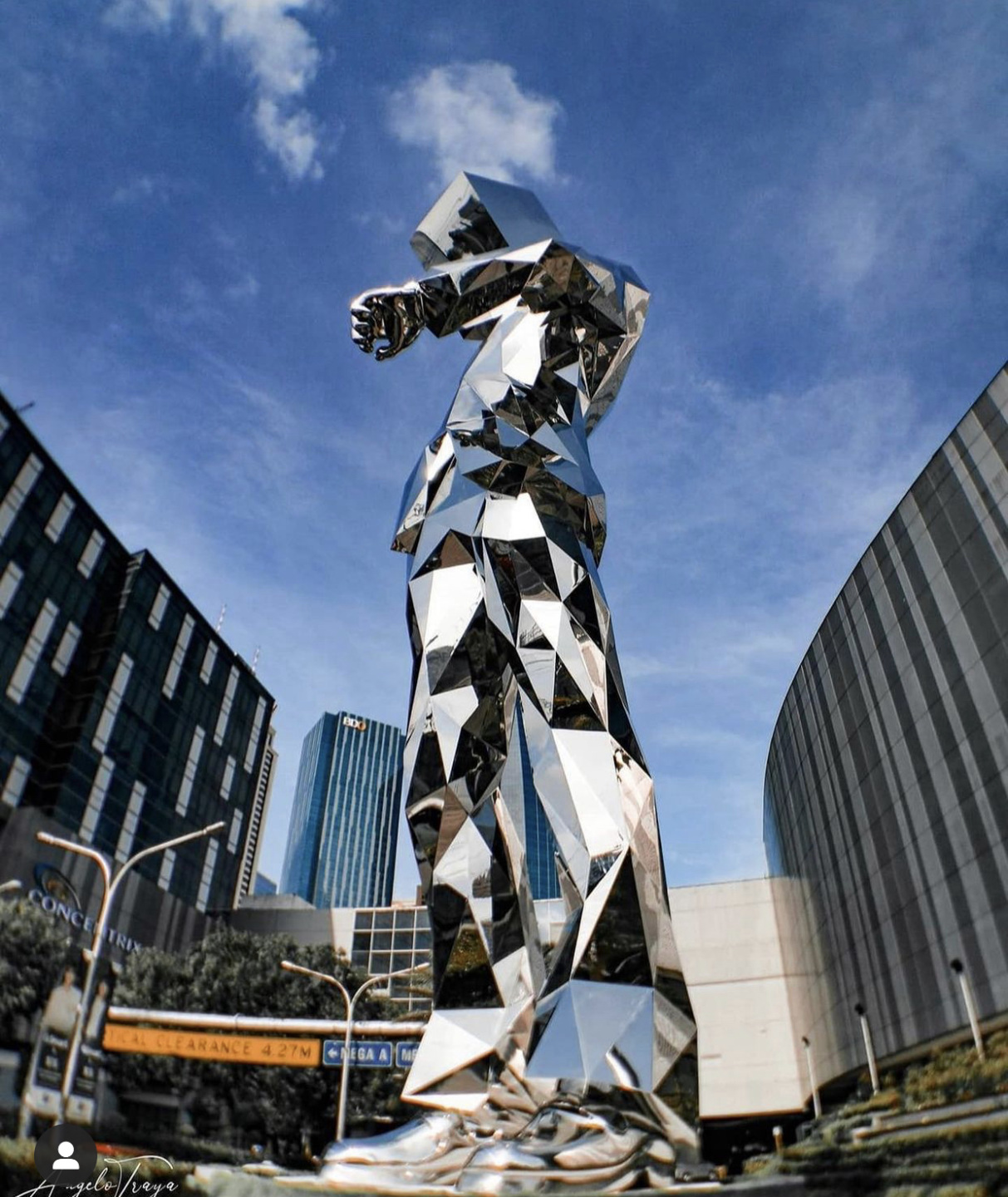
The dynamic relationship between artwork scale and the space it’s placed in is something Jefrë says he will continue exploring in the future. He plans to create spaces that are more experiential for visitors to view his work, such as presenting smaller scale versions of his public art alongside photographs, books, or videos of the larger scale works in their original context. When presented with all these possibilities, the artist promptly responds, "I love the challenge."

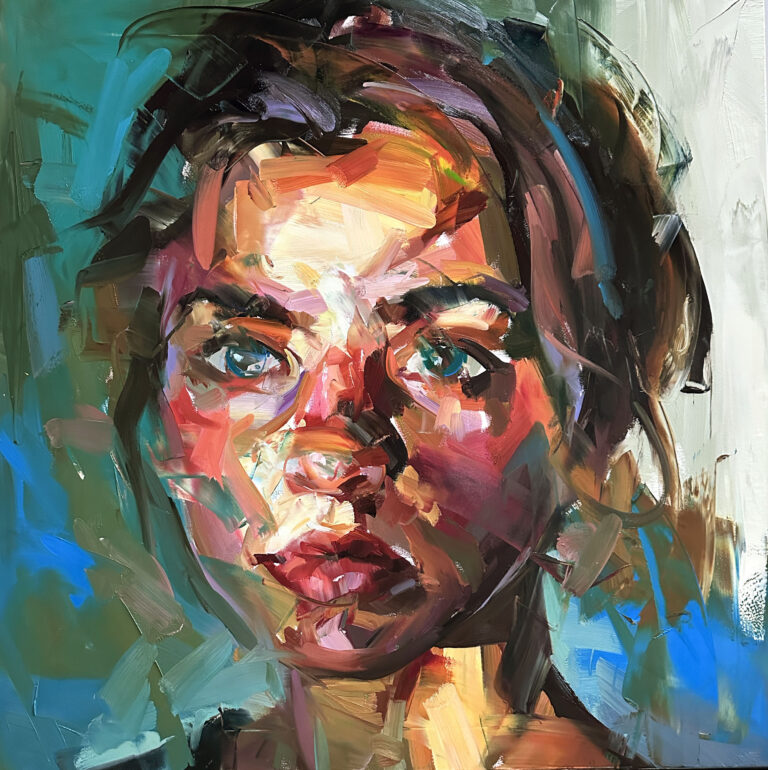


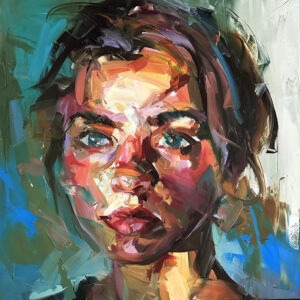
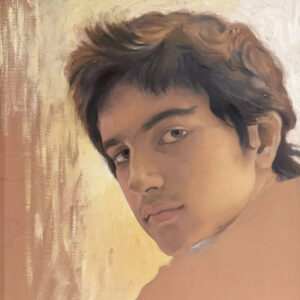




 in your life?
in your life?

